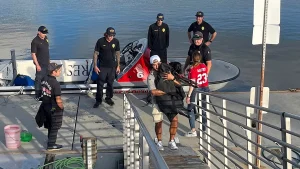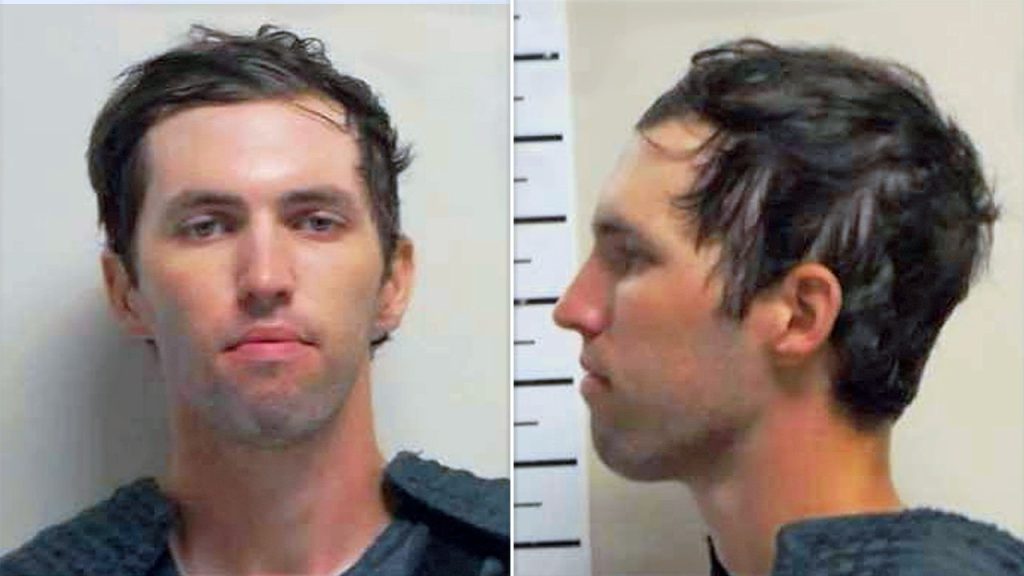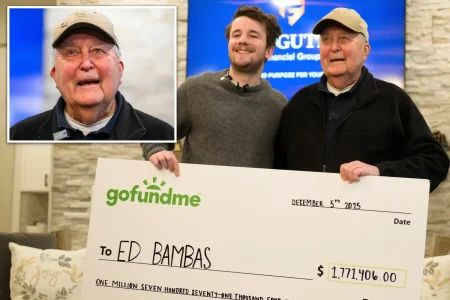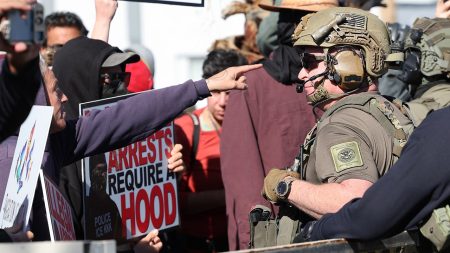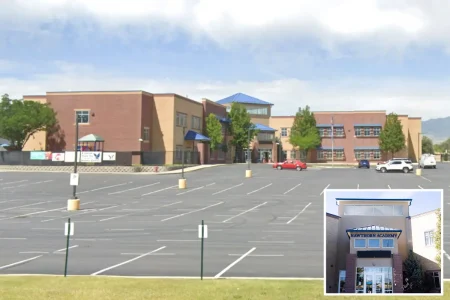The Manhunt for Charlie Kirk’s Assassin: A 33-Hour Timeline
The dramatic events following the assassination of Charlie Kirk at Utah Valley University unfolded over a tense 33-hour period before the suspect surrendered with his parents at a sheriff’s office. What began as a politically motivated shooting quickly transformed into one of the most high-profile manhunts in recent memory, culminating in the peaceful surrender of Tyler Robinson, who reportedly told his parents he couldn’t bear Kirk’s “spreading of hate.” Washington County Sheriff Nate Brooksby later reflected on the surrender, noting that Robinson ultimately recognized “it was inevitable that he would be caught” under the weight of the massive law enforcement operation.
The morning of September 10th began innocuously enough, with surveillance footage capturing Robinson arriving in Orem, Utah, in a gray Dodge Challenger at 8:29 a.m. Initially wearing light-colored shorts and a black hat, he later changed into jeans and a black long-sleeve shirt—attire that would help him blend into the campus environment. Utah’s Department of Public Safety Commissioner Beau Mason later revealed that Robinson spent time walking through parts of the campus that morning, likely scouting locations. By 11:50 a.m., cameras captured him entering the campus from the north side, and at 12:03 p.m., he was seen entering the Losee Center, climbing stairs to a common area, and scaling a short wall to reach the rooftop. At 12:22 p.m., Robinson positioned himself in a prone position on the roof, aiming toward the stage where Kirk was seated. Just one minute later, as the 31-year-old father of two answered a question during the Turning Point USA event, a single shot rang out, striking Kirk in the neck and causing immediate panic as spectators fled the outdoor venue, with one student recounting how people were “tripping over each other and trying to jump over the barricade.”
In the chaotic aftermath, Robinson was captured on surveillance video fleeing the rooftop with what appeared to be a rifle, briefly dropping the weapon before retrieving it and running toward the northeast end of campus. Investigators believe he lingered in the area despite the heavy police presence, possibly attempting to recover his discarded weapon. Law enforcement eventually traced his path to a wooded area just beyond campus, where they discovered a .30-06 bolt-action rifle wrapped in a towel. The rifle contained four rounds of ammunition—one spent and three live—each bearing strange inscriptions like “O Bella ciao” and “If you Read This, You Are GAY Lmao.” With no suspect in custody, authorities released surveillance images to the public as the manhunt intensified. By 2:40 p.m., former President Donald Trump announced on Truth Social that Kirk had died. Later that evening, Robinson texted his roommate, Lance Twiggs, claiming he was “stuck in Orem” and would not return to their home in St. George until later, while seemingly admitting responsibility for the shooting by writing: “I had enough of his hatred. Some hate can’t be negotiated out.”
The next morning, September 11th, the FBI released the first set of photos of the suspect at 10 a.m., followed by an offer of up to $100,000 for information leading to his identification and arrest. The breakthrough came when Robinson’s mother saw the images on television and recognized her son. She called him, but Robinson claimed he had been sick at home on both September 10th and 11th. Unconvinced, she expressed her concerns to her husband, who also agreed the shooter resembled their son and recognized the weapon as the same bolt-action rifle Robinson had inherited from his grandfather. When Robinson’s father asked him to send a photo of the rifle to prove it was still in his possession, Robinson avoided the request. Under further questioning from his parents, Robinson implied he was indeed the shooter, telling them he “couldn’t go to jail” and just wanted to “end it.” When asked why he had done it, he explained that Kirk “spreads too much hate.”
The manhunt came to an unexpected conclusion later that evening when Sheriff Brooksby received a call at 8:02 p.m. from a family friend of Robinson’s, informing him that the suspect was willing to surrender voluntarily. During this conversation, Brooksby learned that Robinson had expressed suicidal thoughts and feared being killed in a law enforcement raid. Within the hour, Robinson arrived at the Washington County Sheriff’s Office accompanied by his parents and the family friend. Honoring the conditions for a “peaceful, gentle, comfortable” surrender, plainclothes detectives greeted Robinson without handcuffs, offered him water, and described him as “quiet and somber” while he waited with his parents for federal and state investigators. Around 2 a.m. on September 12th, Robinson was transferred to Utah County to be booked.
The case continued to develop in the days following the arrest. On September 13th, FBI officials revealed that Robinson had lived with a transgender partner who was cooperating with authorities. By September 15th, FBI Director Kash Patel announced that DNA evidence from the towel wrapped around the firearm and a screwdriver had positively matched the suspect in custody. On September 16th, the Utah County Attorney’s Office filed formal charges against Robinson, including aggravated murder, felony discharge of a firearm, obstruction of justice, witness tampering, and committing violence in the presence of children. Sheriff Brooksby later confirmed that Robinson’s roommate and lover had been moved to “a safe space very far away from St. George,” and that law enforcement officials were continuing to talk with the roommate’s associates. The case stands as a stark reminder of the potentially deadly consequences of America’s increasingly polarized political climate, where disagreement can tragically escalate to violence.

